Was ist der Unterschied zwischen einem E-Bike und einem Fahrrad?

3. Designstruktur
Herkömmliche Fahrräder: einfache Struktur, die hauptsächlich aus Rahmen, Rädern, Kette, Pedalen und anderen Komponenten besteht, ohne zusätzliches Antriebssystem und Steuereinheit.
E-Bike: Neben der Grundstruktur herkömmlicher Fahrräder verfügt das Design zusätzlich über Antriebssysteme und Steuerungskomponenten wie Akkus, Motoren, Controller, Sensoren und Anzeige-/Bedieneinheiten. Durch diese Komponenten unterscheidet sich das E-Bike optisch und gewichtsmäßig von herkömmlichen Fahrrädern, bietet dem Fahrer aber auch mehr Komfort und Auswahlmöglichkeiten.
4. Marktpositionierung
Traditionelle Fahrräder: Als grundlegendes Fortbewegungsmittel und Fitnessgerät werden sie häufig für den täglichen Gebrauch, für Freizeitaktivitäten und in anderen Bereichen eingesetzt.
E-Bike: Mit dem wachsenden Umweltbewusstsein und der Entwicklung der Elektrotechnologie hat sich das E-Bike allmählich zu einem aufstrebenden Fortbewegungsmittel entwickelt. Es bietet nicht nur die Flexibilität und den Komfort eines herkömmlichen Fahrrads, sondern kombiniert auch die Arbeitsersparnis und die hohe Effizienz von Elektrofahrzeugen. Daher bietet das E-Bike vielfältige Anwendungsmöglichkeiten in vielen Bereichen wie Pendeln, Tourismus und Gütertransport. Gleichzeitig erfreut es sich aufgrund seiner Vorteile in Bezug auf Umweltschutz und Energieeinsparung zunehmender Beliebtheit bei Verbrauchern.
Zusammenfassend lässt sich sagen, dass sich E-Bikes und herkömmliche Fahrräder hinsichtlich Antriebsquelle, Fahrerlebnis, Designstruktur und Marktpositionierung deutlich unterscheiden. Diese Unterschiede sorgen dafür, dass E-Bikes nicht nur die Reisebedürfnisse der Menschen erfüllen, sondern auch eine bequemere, effizientere und umweltfreundlichere Art der Fortbewegung bieten.
Herkömmliche Fahrräder: einfache Struktur, die hauptsächlich aus Rahmen, Rädern, Kette, Pedalen und anderen Komponenten besteht, ohne zusätzliches Antriebssystem und Steuereinheit.
E-Bike: Neben der Grundstruktur herkömmlicher Fahrräder verfügt das Design zusätzlich über Antriebssysteme und Steuerungskomponenten wie Akkus, Motoren, Controller, Sensoren und Anzeige-/Bedieneinheiten. Durch diese Komponenten unterscheidet sich das E-Bike optisch und gewichtsmäßig von herkömmlichen Fahrrädern, bietet dem Fahrer aber auch mehr Komfort und Auswahlmöglichkeiten.
4. Marktpositionierung
Traditionelle Fahrräder: Als grundlegendes Fortbewegungsmittel und Fitnessgerät werden sie häufig für den täglichen Gebrauch, für Freizeitaktivitäten und in anderen Bereichen eingesetzt.
E-Bike: Mit dem wachsenden Umweltbewusstsein und der Entwicklung der Elektrotechnologie hat sich das E-Bike allmählich zu einem aufstrebenden Fortbewegungsmittel entwickelt. Es bietet nicht nur die Flexibilität und den Komfort eines herkömmlichen Fahrrads, sondern kombiniert auch die Arbeitsersparnis und die hohe Effizienz von Elektrofahrzeugen. Daher bietet das E-Bike vielfältige Anwendungsmöglichkeiten in vielen Bereichen wie Pendeln, Tourismus und Gütertransport. Gleichzeitig erfreut es sich aufgrund seiner Vorteile in Bezug auf Umweltschutz und Energieeinsparung zunehmender Beliebtheit bei Verbrauchern.
Zusammenfassend lässt sich sagen, dass sich E-Bikes und herkömmliche Fahrräder hinsichtlich Antriebsquelle, Fahrerlebnis, Designstruktur und Marktpositionierung deutlich unterscheiden. Diese Unterschiede sorgen dafür, dass E-Bikes nicht nur die Reisebedürfnisse der Menschen erfüllen, sondern auch eine bequemere, effizientere und umweltfreundlichere Art der Fortbewegung bieten.




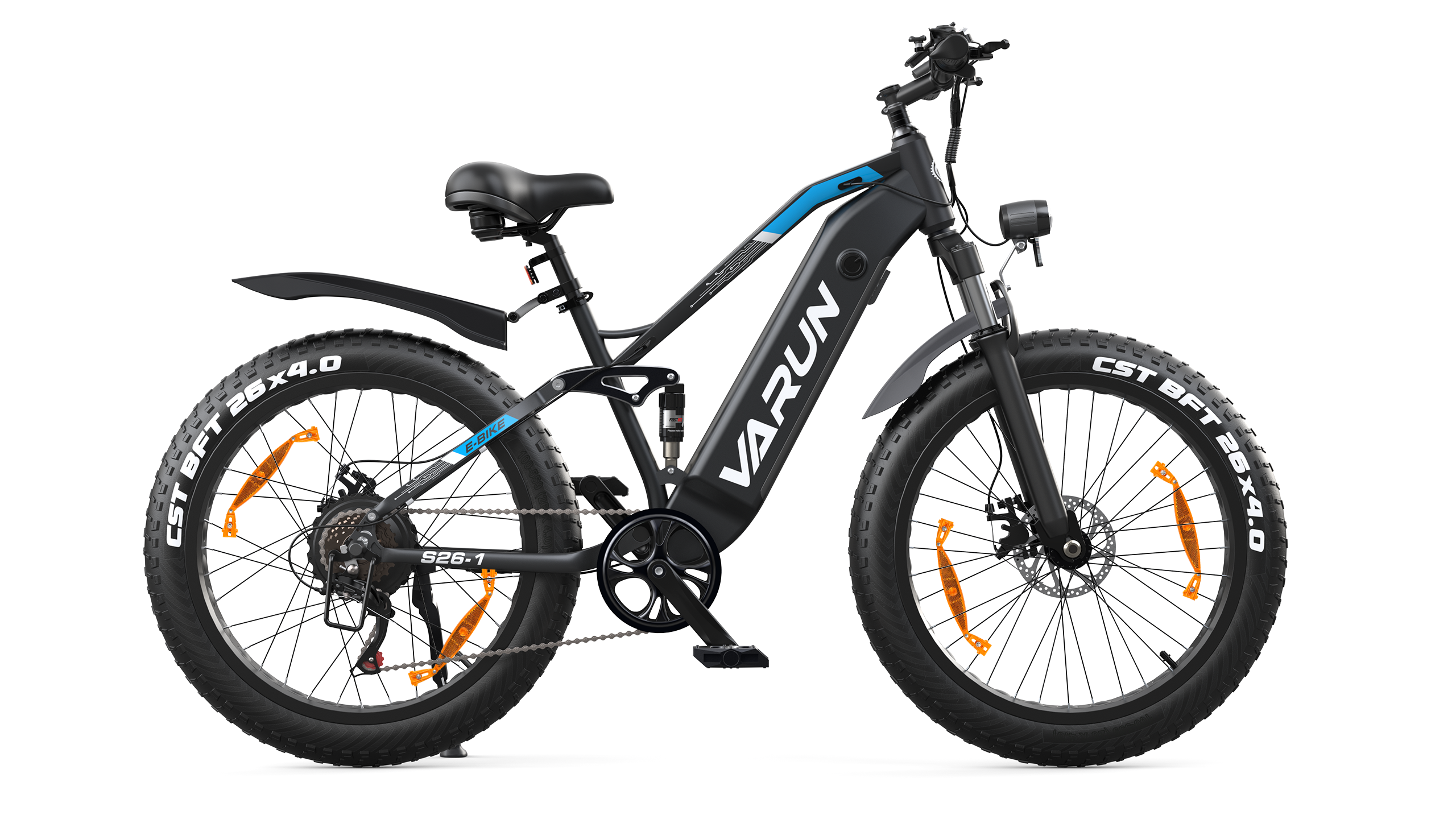
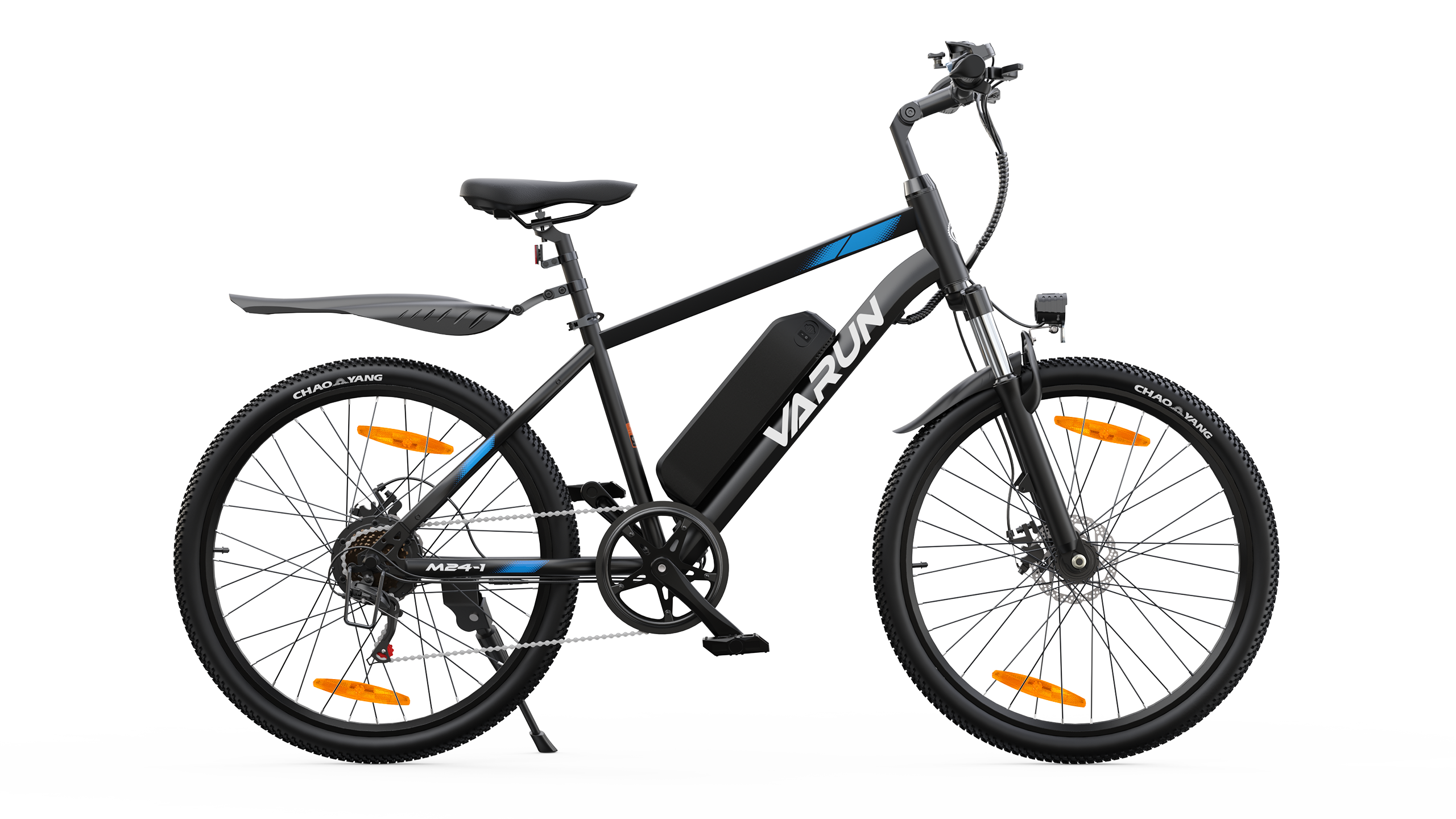
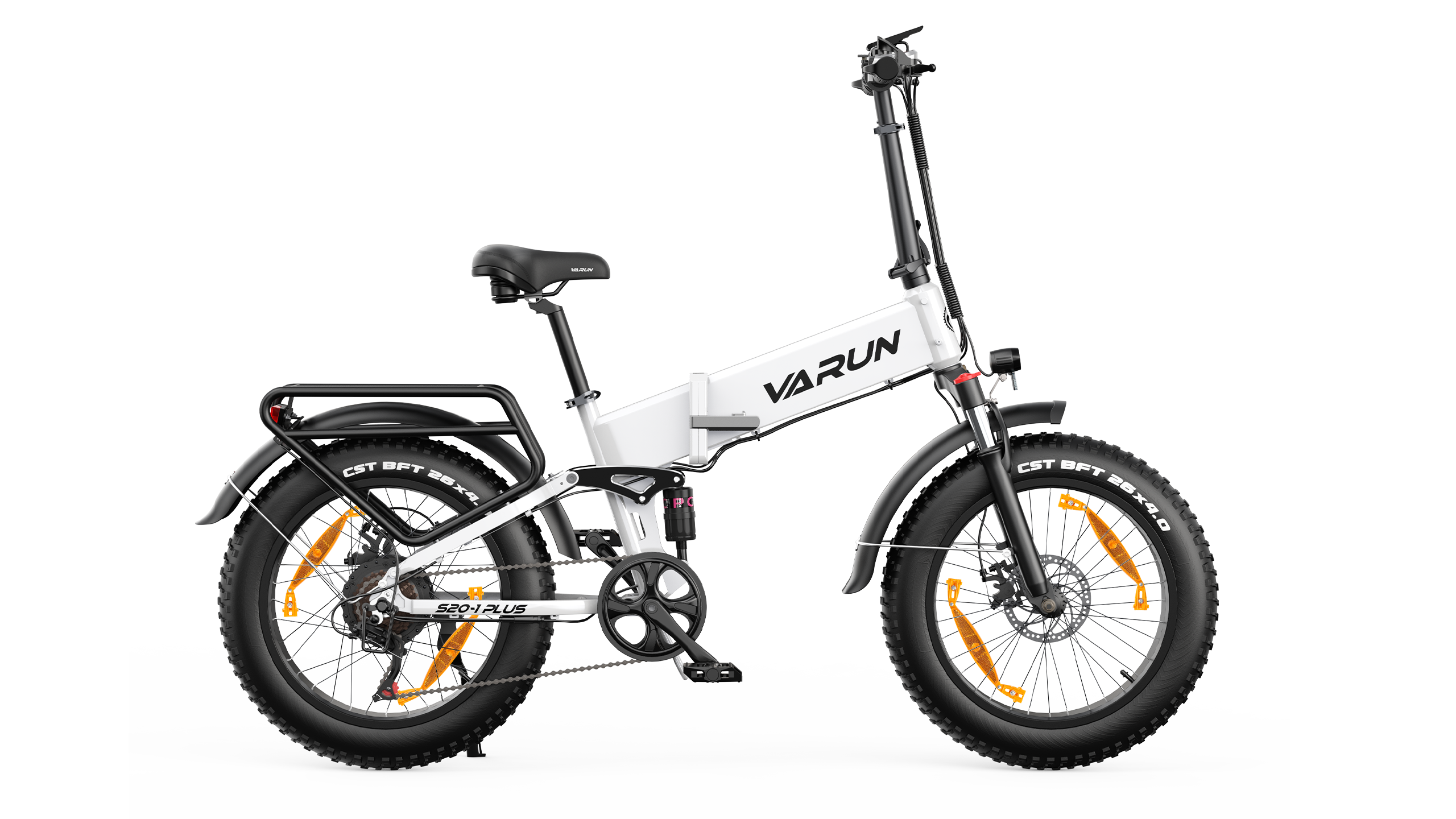







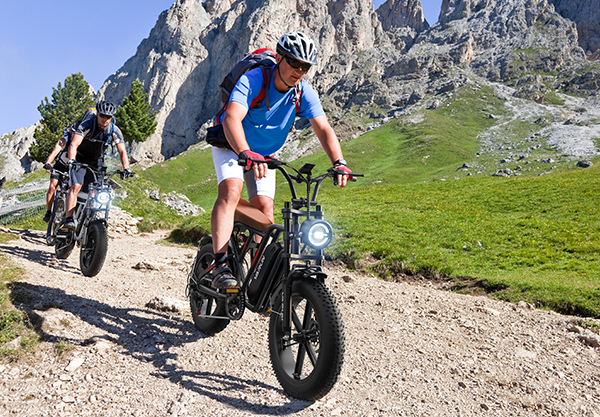



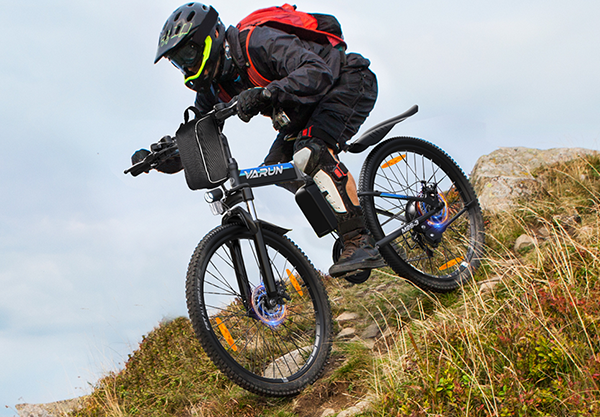
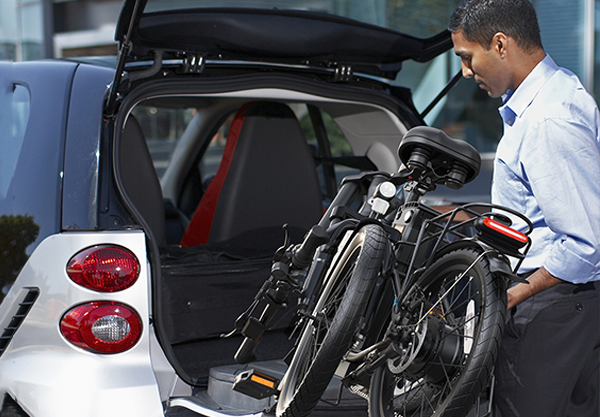







Hinterlassen Sie einen Kommentar